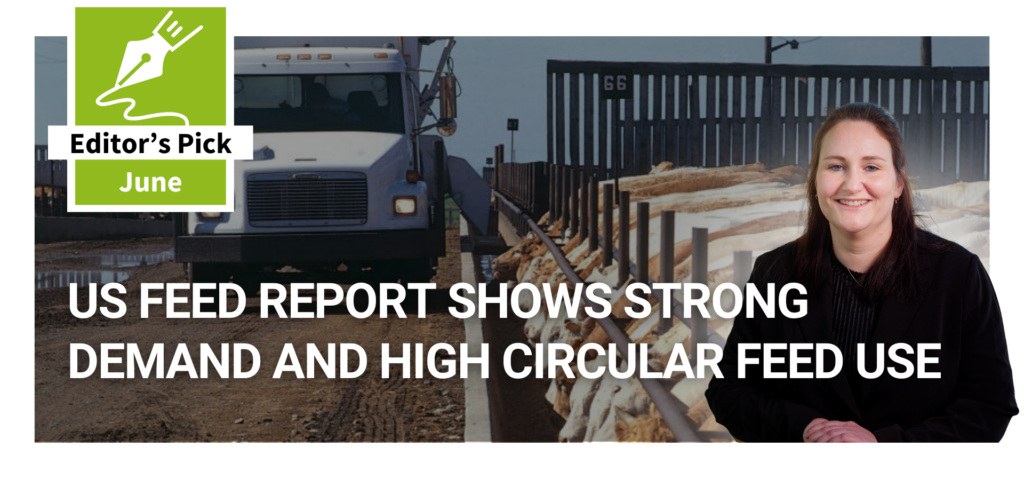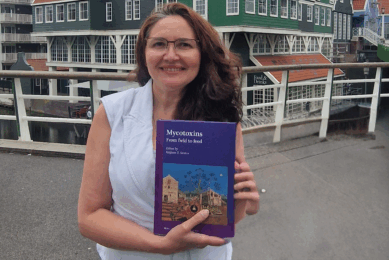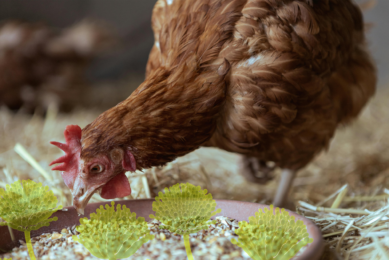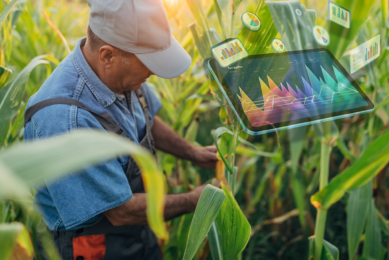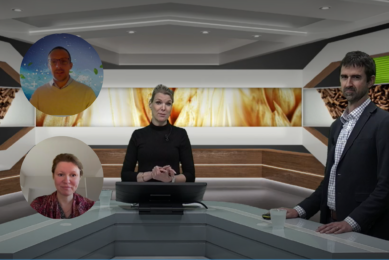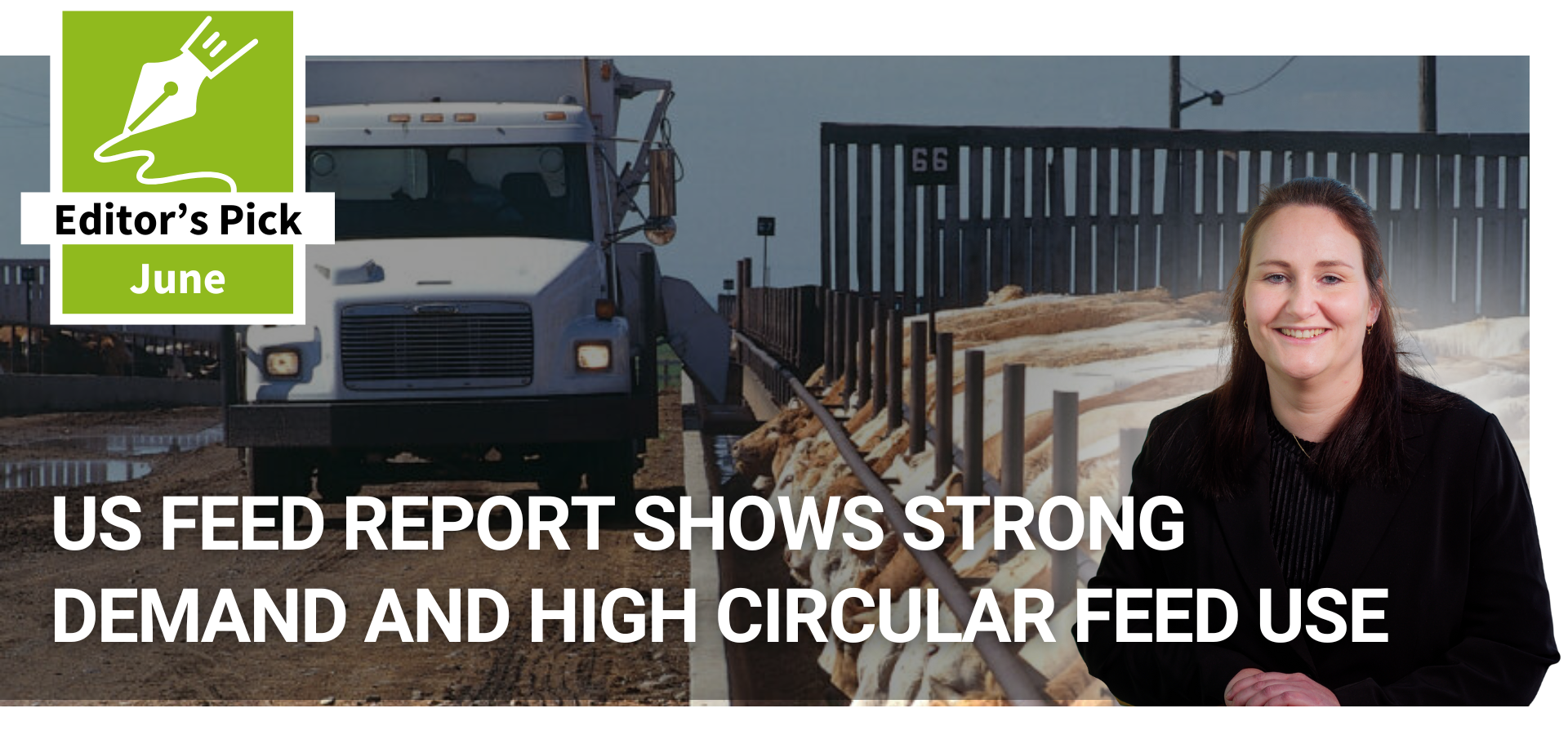New dashboard gives timely identification of safety hazards in feed
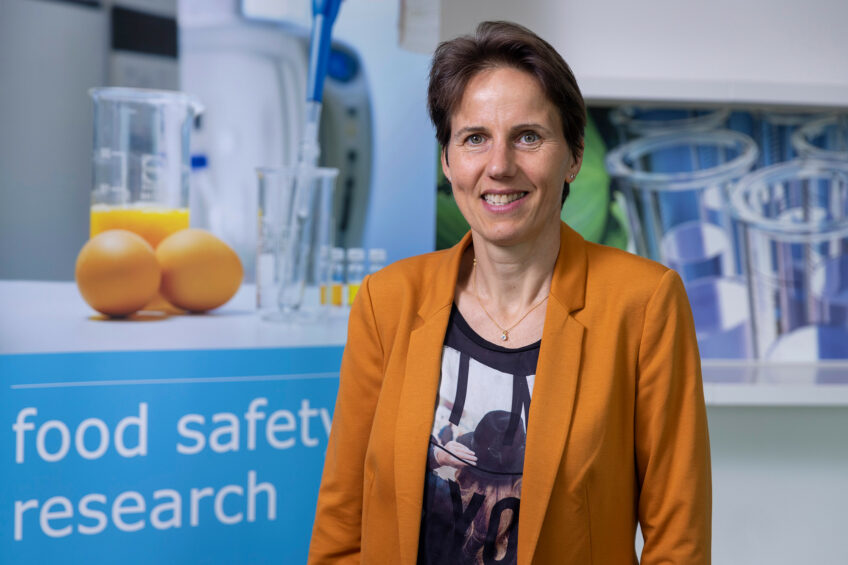
The dashboard provides predictions on the occurrence of hazards in feed ingredients in order to identify food safety hazards at an early stage. All About Feed had an opportunity to talk with the Project Leader, Prof. Ine van der Fels-Klerx of Wageningen Food Safety Research (WFSR).
The dashboard, a so-called Decision Support System (DSS), uses 10 years of historical monitoring data. It provides an interactive overview of this historical data, such as trend lines over time and world maps showing the presence of contaminants in animal feed. The current focus of the dashboard is on mycotoxins, dioxins, heavy metals and pesticides in feed materials.
The digital dashboard was developed by Wageningen Food Safety Research in collaboration with private partners from the animal feed sector. Project Leader, Prof. Ine van der Fels-Klerx of Wageningen Food Safety Research (WFSR), talks about the benefits of this new system.

“The dashboard is a Decision Support System (DSS) designed to identify food safety hazards in feed materials at an early stage. We developed this model together with various feed organisations. The feed companies delivered monitoring data on hazards in feed ingredients. At WFSR, we also collected a lot of data from other (open) sources for the countries of origin, for instance, trade data, weather data, socio-economic data and other relevant parameters.
We then focused on 2 main components:
- We developed prediction models for the presence of the hazards, i.e., the likelihood of the presence of the chemical hazards in the feed ingredients in concentrations above a predefined threshold from the different countries of origin. The thresholds we used were related to the respective European legal limit for the contaminant in the particular feed ingredient. Multiple machine-learning techniques were applied to this data to develop a model that can make predictions about the occurrence of food safety hazards in feed materials.
- We made a database with all the information we retrieved and made descriptive analysis with trend diagrams and plots against time on how things evolved.
As a user, you can select a range of information in the dashboard such as the country of origin, the ingredient and the type of chemical hazard. You can also see an overview of the presence of hazards in the country you selected over the past 10 years and get predictions from the AI model for the likelihood that other contaminants will be present in the future.
Let’s say you are a compound feed producer in the Netherlands. You can use this information because you will get feed ingredients from all areas of the world and you can see what is the likelihood that batches will be contaminated or not, that is, whether the concentration is above or below the threshold. You can use this information for your future monitoring programme. For instance, you can see the contaminants or feed ingredients that need to be tested more or focus on other areas with a high probability of contamination.”
Overview of the Prorisk feed dashboard.

“The dashboard is a new approach to timely monitoring of food safety hazards in animal feed. It has the advantage of encompassing many different ingredients, chemical contaminants and countries of origin. We hope this Decision Support System (DSS) will be a global tool used to identify food safety hazards in feed materials at an early stage. The dashboard is developed to help compound feed producers produce safe feed. This tool can be used by feed producers from anywhere in the world.”
“The dashboard was developed as part of the 4-year proriskfeed project, a collaboration between Wageningen Food Safety Research and organisations in the animal feed sector including SecureFeed, GMP+ International and Trouw Nutrition. Pilots are currently underway at these organisations to test the system in practice.”
“The challenge we had was to get all the necessary data including information on the country of origin and, of course, processing all this took a lot of time. We do not see problems with its implementation. In future, the system must be kept up to date because things change, you can think of climate change and trade, for example.”
“The model is currently focusing on mycotoxins, pesticides, heavy metals and dioxins. In a follow-up project, more hazards could be examined depending on what the feed industry wants or will be focusing on. I could imagine veterinary medicines or other groups of contaminants being included. As hazards are controlled in the feed industry, this is also important for the food industry as it leads to safe animal products. In the future we could also focus on developing the dashboard for food companies.”



